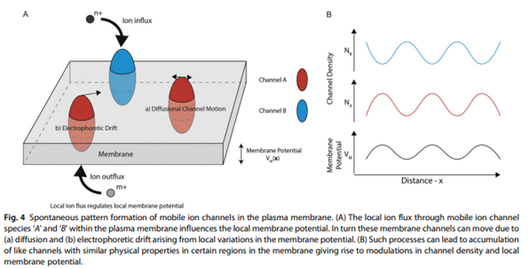The Pollen Plasma Membrane Permeome Converts Transmembrane Ion Transport Into Speed
Abstract
Pollen tubes are the fastest growing cells in nature with elongation rates of >20μmmin . The pollen tubes grow as fast as possible through the stigma tissue towards the egg cells where they release two sperm cells for fertilization. In addition to speed, the growth process has to be precise and well balanced to find the targets and to avoid bursting of the tube, respectively. Transport of ions across the plasma membrane generates a typical polar pattern of endogenous currents that accompanies pollen tube growth, and which is thought to function as a pacemaker to synchronize cellular processes. The endogenous currents are generated by the activity of various ion transporters in the plasma membrane, which were investigated by biophysical and molecular biology approaches. Using an unbiased database search for pollen-expressed transporter genes in Arabidopsis and Lilium, a large number of putative transporters was identified that might contribute to the current pattern formation. Furthermore, we hypothesize that the distribution of the transporters to specific regions in the pollen tube is the basis for the current pattern and is achieved by a self-organization process based on the electrophoretic mobility of charged membrane proteins in an electrical field. Thus, the activity of an ion transporter causes a local change in the transmembrane potential, which in turn would attract similar transporters and repel others leading to a heterogeneous distribution of transporters in the plasma membrane and the observed current pattern.





